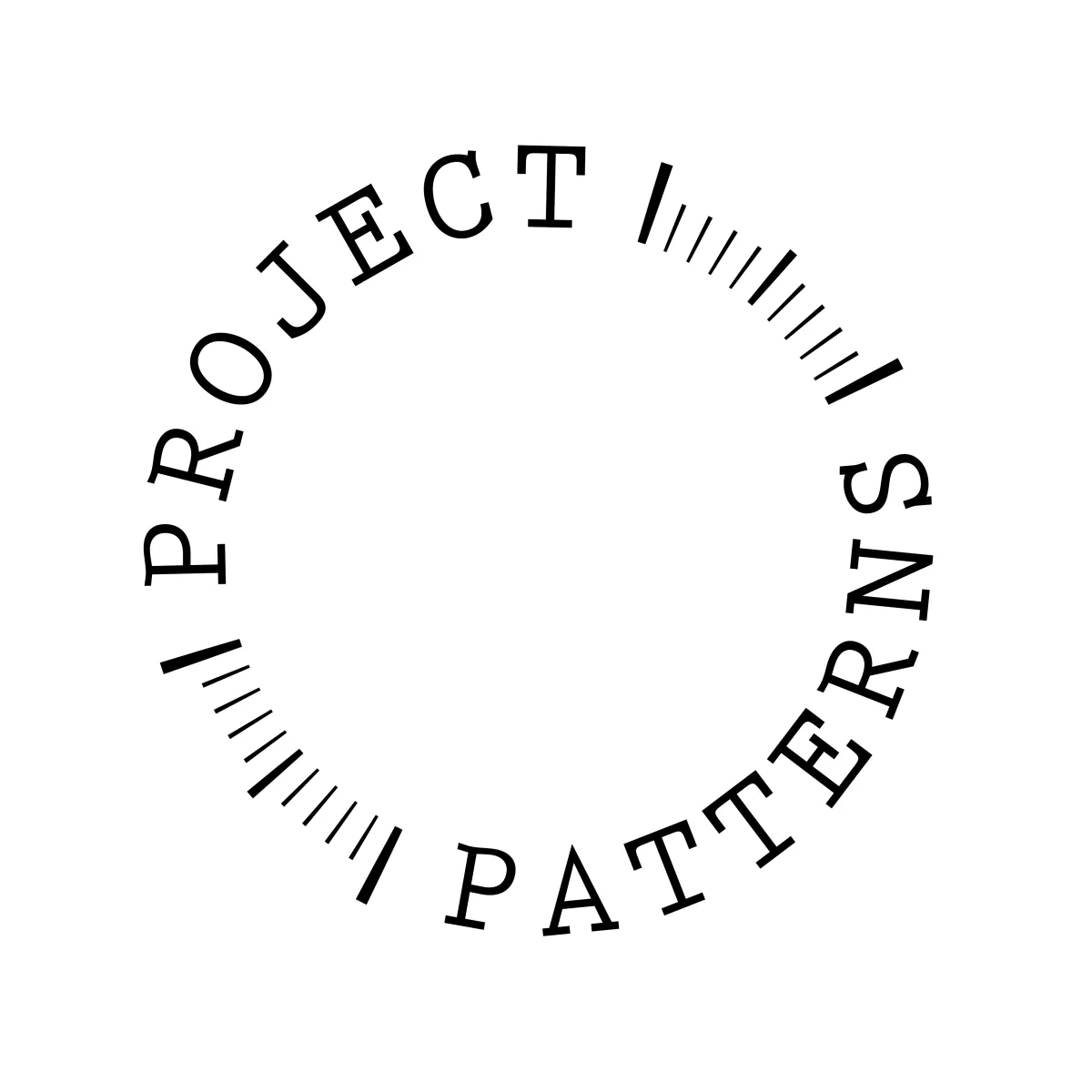Fitting Alone? 5 Actually-Helpful Tricks You’ll Want to Steal
If you’ve ever tried to fit clothes by yourself without a sewing buddy, you’ll know the struggle is real. Twisting to pin the back, guessing what the shoulder seam looks like, or trying to photograph yourself mid-adjustment can feel like a comedy sketch - only it’s not that funny when it’s your third toile and nothing fits.
The good news? It is possible to get a great fit solo. You just need a few clever workarounds. Whether you're making a custom-fit bodice or doing a trouser block adjustment, here are five solo fitting tips that actually work.
1. Master the Self-Timer Method
Forget awkward mirror angles. A self-timer and your phone camera are your best friends. Take photos of your garment from the back, side, and front while wearing it. These photos will show you drag lines and seam issues that are impossible to spot in a mirror.
Set your phone at waist height or shoulder level for the best angle, and take videos if it’s easier - you can pause and screenshot the frames that show you what you need.

This technique is especially useful when checking shoulder seams, dart points, and whether the back waist seam is level. A quick 20-second video walking toward and away from the camera can often reveal much more than static photos. These types of images are especially helpful when tackling pattern fitting alone, as they help you see your garment from every angle.
2. Use a Mirror Combo Setup
One mirror is good. Two or three is better. A full-length mirror in front of you and a handheld or angled mirror behind you will let you see your back fit more accurately. Use clips or tape to hold fabric while you adjust and step back to get the full picture.
Lighting makes a big difference too. Try placing a lamp near your mirrors to help highlight drag lines or gaping. You want to clearly see how the fabric behaves when you move - a game-changer in self-fitting sewing.
3. Mark, Clip, and Adjust
If you’re finding pinning at odd angles a little tricky then try using clips or tape to secure excess fabric without stabbing yourself. You can also use pens, tailor’s chalk, or wash-away markers to mark adjustments on your garment while standing in front of the mirror.
Once marked, take the garment off and make precise changes flat on your cutting table.
Pro Tip: Use tailors tape to mark your garment while fitting. If you change your mind or want to see a couple of different options you simply need to unstick and retape it!
Another great tool? Post-it notes or sticky labels. Stick them on areas feel off that need adjusting (like “raise armhole 1cm” or “add 2cm to the bust”) so you remember exactly what to fix when it’s off your body.
This marking strategy is essential in sewing fitting techniques when no one else is available to check fit.
4. Know the Right Fitting Order
When you’re drafting or adjusting, it helps to tackle fit issues in a logical sequence. Most pattern fitters suggest For a top or dress I’d suggest this order:
Start with the shoulders (they control the balance)
Then the bust and armholes (especially if you need a full or small bust adjustment)
Next, adjust the waist and hip areas
Finally, refine the lengths, darts, and ease
Making changes out of order can create new problems, so this keeps things manageable.
Quick Reference: Print or save a checklist for fitting order - it’s a sanity-saver when you're deep in fabric chaos.
If you're working with a block or sloper, make sure your vertical balance is right before narrowing in on darts and shaping. Shoulders, bust, and waist must align properly first - everything else builds from there.
5. Don't Let Perfectionism Stall You
This one’s sneaky. When you’re fitting garments alone, it’s easy to second-guess everything. No one is watching, so the spiral of "is this even right?" can take over.
Try to reframe fitting as an iterative development and learning process. You’re not aiming for perfection in one go — you’re just gathering info with each toile. Every adjustment is a clue, not a mistake.
Consider setting a timer for 30 minutes.
pin or mark your adjustments on your toile, then walk away. You’ll return with fresh eyes and probably more clarity than if you keep re-pinning for hours.
BONUS TIP: Create a Fit Log
Keep a simple notebook or digital document with fit notes, what worked, what didn’t, and small tweaks you made. Photos + written notes = future you will thank you. Especially if you’re refining your blocks or coming back to a pattern later.
Your log might include:
Date and pattern used
Fabric type
What felt right and what didn’t
What adjustments were made (with photos if possible)
Next steps for future fittings
Over time, this builds your confidence and saves hours of second-guessing.
For those tackling solo sewing adjustments, this kind of record-keeping can be a powerful tool for improving consistency.
Want More Help?
Inside the Project Patterns membership, we have Q&A sessions, monthly tutorials, and a community of makers who get what it’s like to sew solo. You don’t have to troubleshoot on your own.

